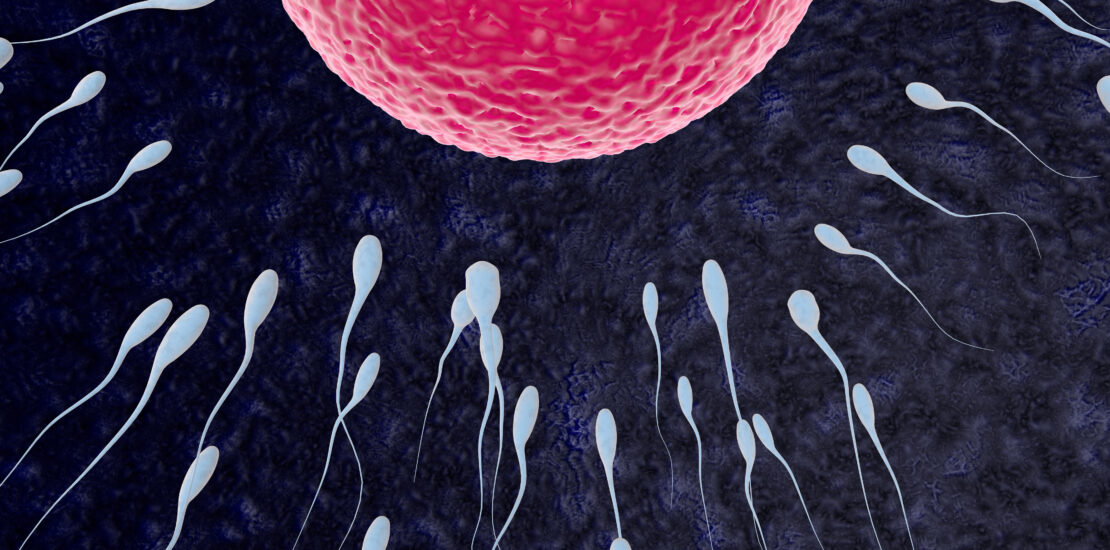Embryo development stages
- July 17, 2023
- Posted by: Surrogacy Global
- Category: Blog
No Comments

Embryo development refers to the early stages of prenatal development, starting from fertilization and continuing until the end of the eighth week of pregnancy. During this time, the fertilized egg undergoes various stages of cell division, differentiation, and organ formation. Here are the key stages of embryo development:
- Fertilization: This is the process where the sperm fertilizes the egg, resulting in the formation of a zygote. Fertilization usually occurs in the fallopian tube or in the embryo lab. In the case of fertilization with IVF, each stage of the process also has its own success rates: the chance of a fertilized donor egg producing properly developing embryos is about 80%, the chance that those embryos will implant correctly in a uterus is about 75-85%, and the chance of clinical pregnancy is about 55-65%.
- Cleavage: Within the first 24 hours after fertilization, the zygote starts dividing rapidly through a process called cleavage. These divisions form smaller cells called blastomeres.
- Morula: After several divisions, the blastomeres form a solid ball of cells called the morula, which continues to divide as it travels to the uterus.
- Blastocyst: Around days 5-6 after fertilization, the morula develops into a hollow structure called the blastocyst. The blastocyst consists of two main parts – the inner cell mass (ICM) and the trophoblast. The ICM will eventually develop into the embryo, while the trophoblast will form the placenta.
- Implantation: The blastocyst implants into the uterine lining, around 6-7 days after fertilization. The trophoblast cells attach to the endometrium, and the inner cell mass burrows into the lining. In the case of IVF, if patients would like to do Preimplantation genetic testing embryo biopsy is made and all available embryos are frozen on day 5 of their development. Once the PGT-A results are back, only Euploid embryos are transferred to the uterus of the Intended mother or surrogate.
- Gastrulation: Around week 3 of development, the embryo undergoes gastrulation, where the three main germ layers (ectoderm, mesoderm, and endoderm) are formed. These layers give rise to different organs and tissues in the body.
- Organogenesis: From week 4 to week 8, the organs and major body structures begin to develop from the three germ layers. This period is called organogenesis. During this time, the neural tube, which will become the brain and spinal cord, forms. The heart begins to beat, and major organ systems start to take shape.
It’s important to note that the process of embryo development is incredibly complex and precise, and many factors can influence its progression. Careful monitoring of the pregnancy especially at an early stage is recommended to make sure all development goes well and all needed tests are performed on time.
